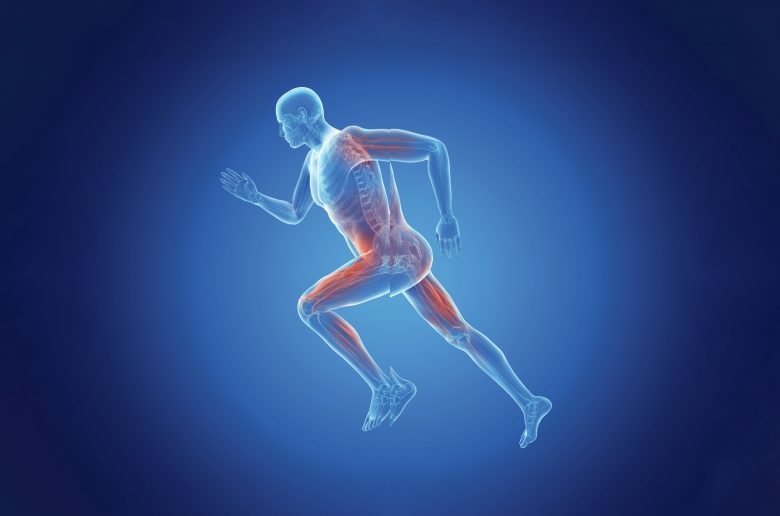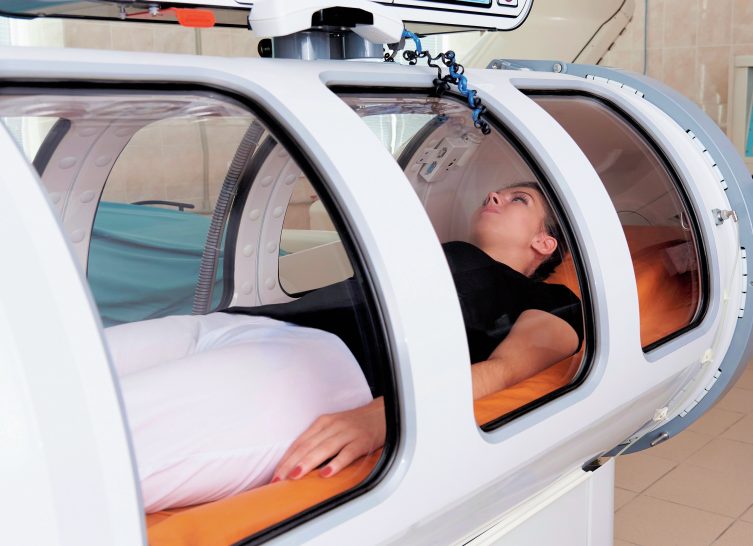
The muscular system allows us to perform movement through the contraction of muscle tissue and the resultant application of force to the skeletal system. The concept of ‘levers’ is used to explain the forces involved in movement of the body. This Exam focus describes the components of an anatomical lever, explains the principles of first-, second- and third-class levers, provides relevant sporting examples, and outlines the mechanical advantages and disadvantages of each type of lever.
A lever is defined as a ‘rigid bar that rotates around a fixed point (a fulcrum) and is used to apply force (effort) against a resistance’ (Honeybourne et al., 2004). In a biomechanical context, bones act as levers, joints as a fulcrum, muscle contraction provides the effort and the weight of the body or an external load provides resistance.
Your organisation does not have access to this article.
Sign up today to give your students the edge they need to achieve their best grades with subject expertise
Subscribe




